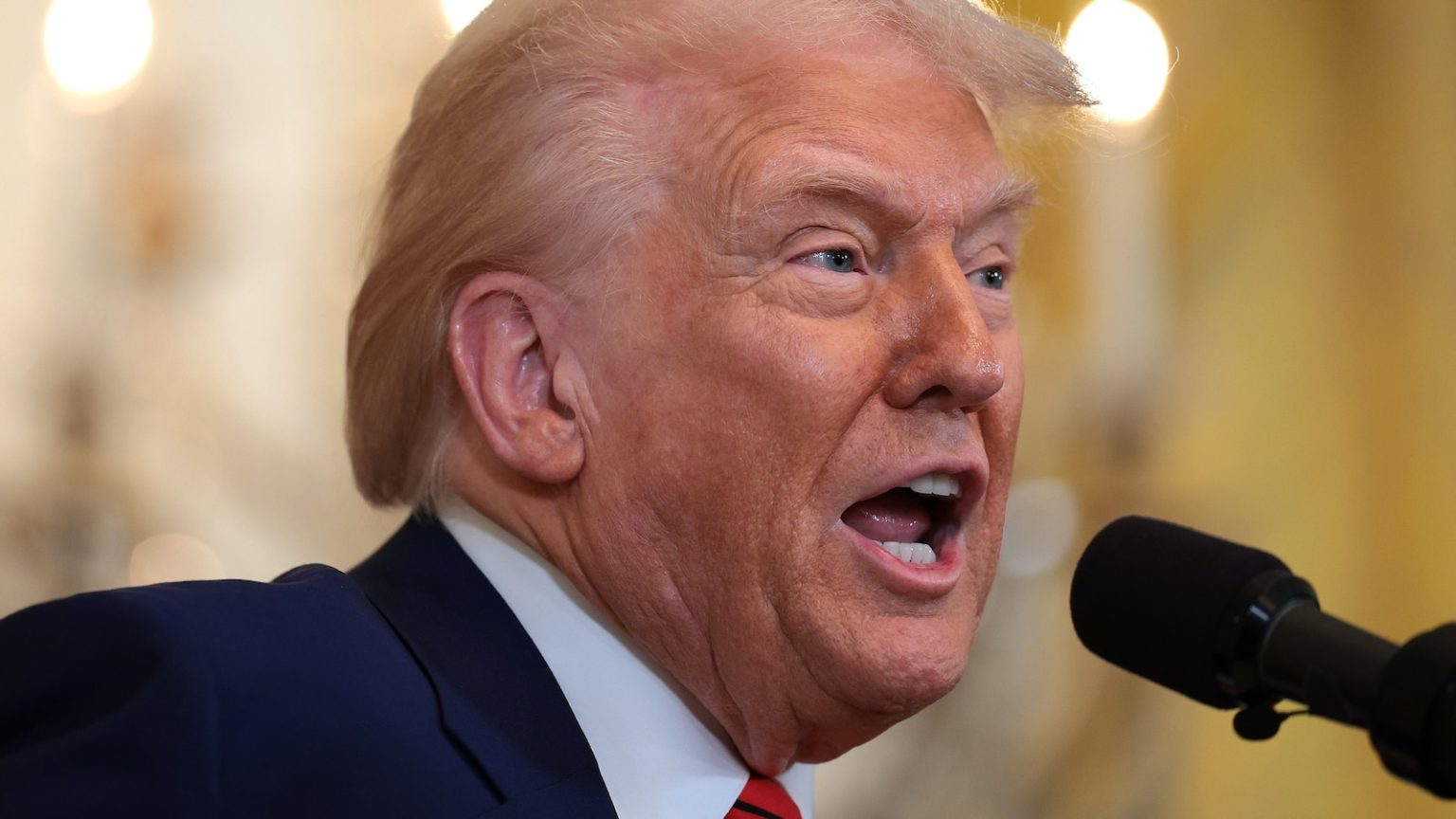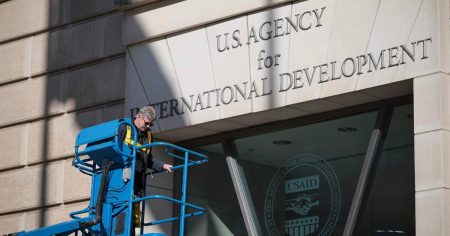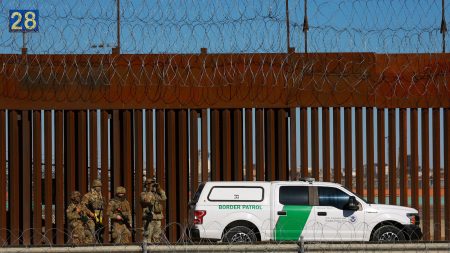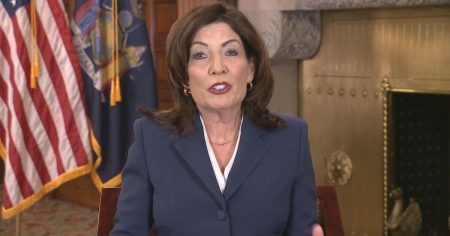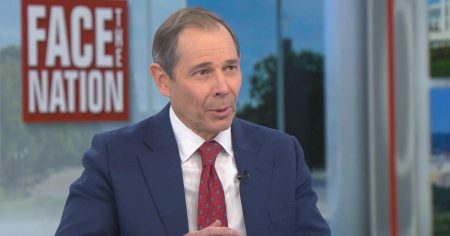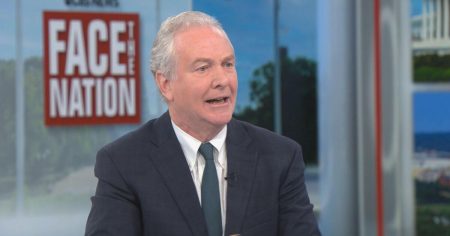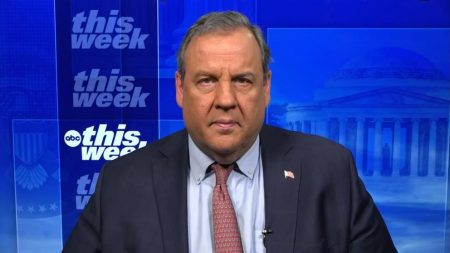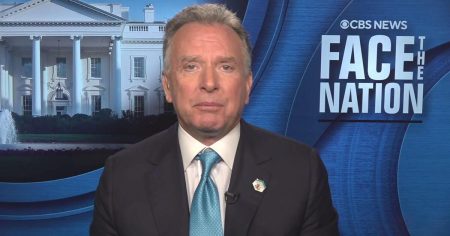The Legal Battle Over Federal Workforce Reductions: A Federal Judge’s Ruling
In a significant legal development, a federal judge has denied a request by federal labor unions to temporarily block the Trump administration from carrying out mass firings of probationary employees and implementing deferred resignation offers. The ruling, delivered by Judge Christopher Cooper, highlights the complexities of challenging executive actions in the federal workforce. The judge argued that the court "likely lacks subject matter jurisdiction" over the matter and instead directed the unions to pursue their grievances through the Federal Labor Relations Authority (FLRA), as outlined by Congress in the Federal Service Labor-Management Relations Statute (FSLMRS). This decision marks a setback for the unions, which had sought immediate judicial intervention to halt the workforce reductions.
The Unions’ Urgency and the Judge’s Skepticism
The case brought by the five federal unions, including the National Treasury Employees Union (NTEU), argued that the scale and urgency of the situation justified bypassing the FLRA and seeking relief directly from the court. The unions contended that the Trump administration’s actions, which include firing probationary employees and offering deferred resignations to over 2 million federal employees, were not only unlawful but also posed an existential threat to their membership and bargaining power. However, Judge Cooper remained unconvinced, stating that while court intervention might be more expedient, the unions had not provided sufficient reasons to avoid the administrative process. He emphasized that the FSLMRS establishes a clear framework for resolving such disputes, starting with the FLRA and followed by judicial review in the courts of appeals.
The Broader Context of the Trump Administration’s Workforce Reductions
The legal challenge is part of a larger effort by the Trump administration, spearheaded by Elon Musk and the Department of Government Efficiency, to drastically reduce the federal workforce. Musk, a billionaire and influential advisor to the administration, has championed initiatives to slash federal contracts, eliminate programs deemed wasteful, and root out fraud. The administration’s actions have drawn widespread criticism, with critics arguing that these measures undermine congressional authority over the federal workforce and threaten public services. The unions, representing hundreds of thousands of employees across dozens of federal agencies, allege that the mass firings and deferred resignations violate both congressional oversight and established federal procedures for workforce reductions.
The Unions’ Concerns and the Government’s Defense
At the heart of the unions’ lawsuit is the claim that the Trump administration’s actions will lead to a "critical" loss of revenue and bargaining power for labor organizations. The NTEU, for instance, warns that it could lose up to half of its dues-paying members and a substantial portion of its influence at the negotiating table. These concerns are compounded by the fact that the initial round of layoffs targets probationary employees—recent hires with limited job protections. Lawyers for the Department of Justice, however, have pushed back against these allegations, arguing that the President has the authority to manage the federal workforce and that the unions’ fears are speculative. The government maintains that the reductions are lawful and necessary to streamline the bureaucracy and align it with the administration’s policy priorities.
The Impact on Federal Employees and the Future of the Workforce
The ruling has significant implications for federal employees, particularly the over 200,000 workers hired within the last two years who are now at risk of losing their jobs. The Trump administration’s approach to workforce reduction has already sparked controversy, with critics accusing it of bypassing established procedures and violating congressional authority. The unions’ defeat in court underscores the challenges labor organizations face in challenging executive actions, even when those actions appear to infringe on their rights. As the legal battle shifts to the FLRA, the outcome will likely set a precedent for how future administrations handle workforce reductions and the role of labor unions in protecting federal employees.
Conclusion: A Balancing Act Between Executive Power and Union Rights
Judge Cooper’s ruling highlights the delicate balance between executive authority and labor rights in the federal workforce. While the Trump administration argues that its actions are necessary to modernize and streamline the bureaucracy, the unions contend that these measures undermine congressional oversight and threaten the livelihoods of thousands of employees. The case serves as a reminder of the complexities of federal labor law and the importance of following established administrative processes, even in urgent situations. As the legal battle continues, the outcome will have far-reaching implications for the future of the federal workforce and the role of labor unions in protecting employees’ rights.





